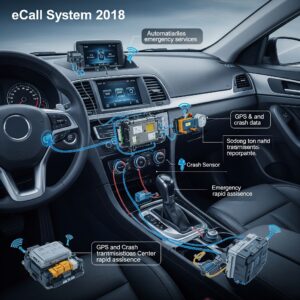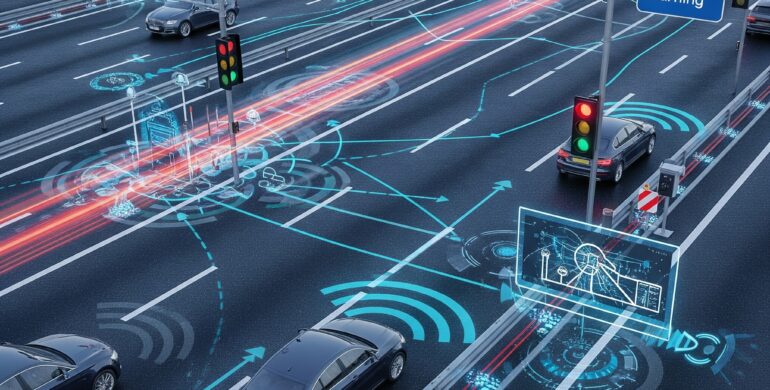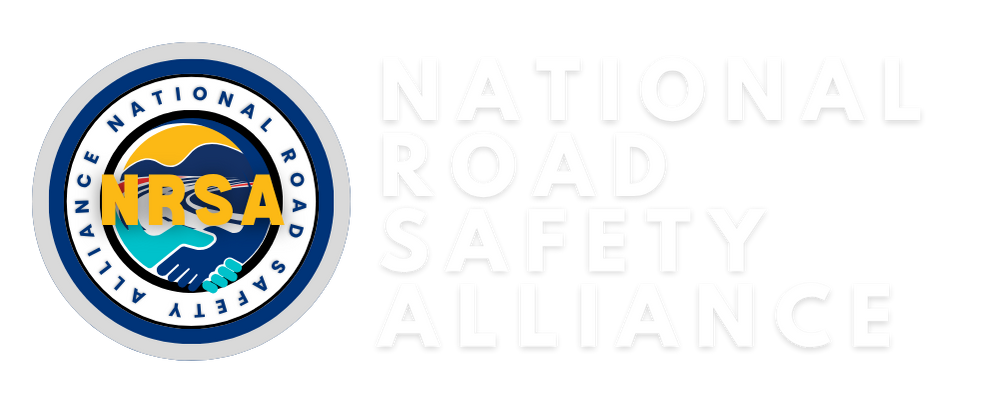The open road, a symbol of freedom and progress, has also long been a site of significant risk. For decades, the focus of road safety lay primarily on individual driver behavior and in-car safety features. However, a quiet revolution has been brewing, shifting our gaze to the often-unsung heroes of accident prevention: infrastructure and external safety technologies. From humble beginnings to sophisticated interconnected systems, these innovations are fundamentally reshaping our roads and ushering in an era of unprecedented safety.
Infrastructure and External Safety Technologies
1. Cat’s Eyes (1934)
-
-
Inventor: Percy Shaw
-
Purpose: Reflective road studs that improve lane visibility at night or in adverse weather conditions.
-
Cat’s Eyes, invented by Percy Shaw in 1934, are innovative reflective road studs designed to enhance lane visibility, particularly during nighttime or adverse weather conditions. These ingenious devices work by reflecting headlights back towards the driver, creating a clearer view of the road ahead. While Mercedes-Benz is mentioned as a manufacturer, it is important to note that Cat’s Eyes have been widely adopted and manufactured across various regions and by different companies since their inception. The reflective mechanism draws inspiration from the natural reflection seen in a cat’s eyes, providing a simple yet effective solution to improve road safety. Their implementation has significantly contributed to reducing accidents and improving nighttime driving experiences worldwide.
2. eCall System (2018)

-
-
Initiator: European Union
-
Purpose: Automatically contacts emergency services in the event of a serious accident, providing location and crash data.
-
The eCall system, initiated by the European Union in 2018, is a significant advancement in road safety technology. This system is designed to automatically connect with emergency services when a serious vehicle accident occurs. It transmits crucial information such as the vehicle’s exact location, time of the incident, and crash data, which can drastically reduce emergency response times. By facilitating a rapid response, eCall aims to mitigate the severity of injuries and potentially save lives. It is a mandatory feature in all new cars sold within the EU since its implementation, reflecting a commitment to enhancing public safety on the roads. This innovative system not only underscores the importance of leveraging technology for safety but also highlights the EU’s proactive approach in protecting its citizens.
3. Help Flash (2018)

-
-
Manufacturer: Netun Solutions (Spain)
-
Purpose: Magnetically activated emergency beacon that alerts other drivers during vehicle breakdowns or accidents.
-
The Help Flash emergency beacon, manufactured by Netun Solutions in Spain, is an innovative safety device designed to enhance road safety during vehicle breakdowns or accidents. This compact and portable beacon is magnetically activated, allowing it to be quickly and easily attached to the roof of a vehicle. Once activated, it emits a bright, 360-degree flashing light that is visible from a considerable distance, effectively alerting other drivers to the presence of a stationary vehicle on the road. Its user-friendly design ensures that it can be deployed in seconds, even in stressful or low-visibility conditions. The Help Flash beacon is an essential tool for drivers, offering peace of mind and reducing the risk of further accidents by increasing the visibility of a disabled vehicle.
These innovations, from the reflective gleam of Cat’s Eyes to the intelligent automation of eCall and the immediate visibility of Help Flash, underscore a fundamental shift in our approach to road safety. It’s no longer just about preventing the initial crash, but also about mitigating its consequences and preventing subsequent incidents.
The future promises even more sophisticated integrations of infrastructure and external technologies. We can anticipate:
- Smart Roadways: Roads embedded with sensors that monitor traffic flow, weather conditions, and even identify potential hazards, communicating real-time information to connected vehicles.
- Vehicle-to-Infrastructure (V2I) Communication: Cars directly interacting with traffic lights, road signs, and other infrastructure elements to optimize traffic flow and prevent collisions.
- Advanced Warning Systems: External technologies that can detect distracted driving or fatigued drivers and issue proactive warnings, either to the driver or through external signals to other road users.
The journey towards truly safe roads is ongoing, but the trajectory is clear. By continuously investing in and developing innovative infrastructure and external safety technologies, we are building a future where every journey is safer, every road is more forgiving, and the tragic toll of accidents is dramatically reduced. The evolution of crash prevention isn’t just about reacting to danger; it’s about proactively shaping a safer, smarter road ahead for everyone.
Continue the series: We’ve seen how vehicles and infrastructure have evolved for safety—but what about smart technology? Explore Digital and AI-Based Safety Innovations in our next article →


